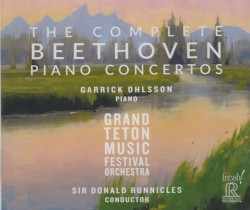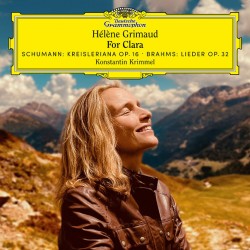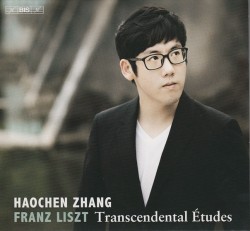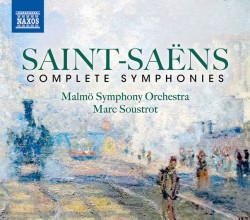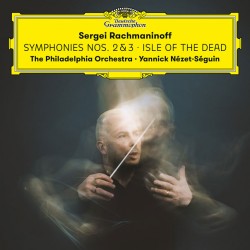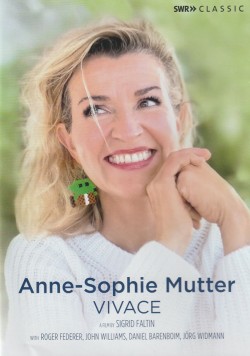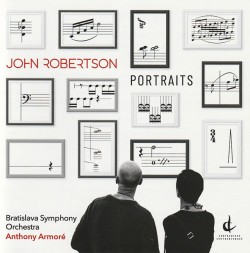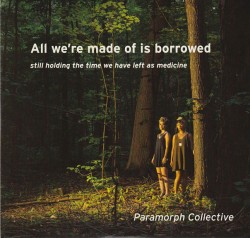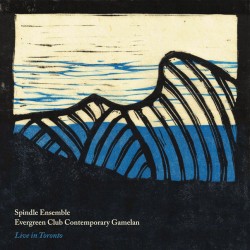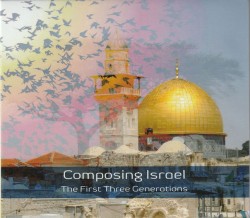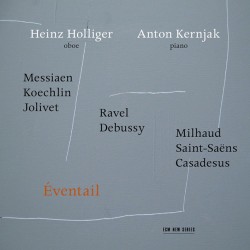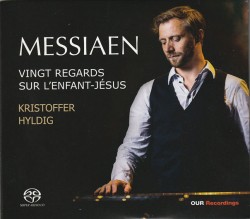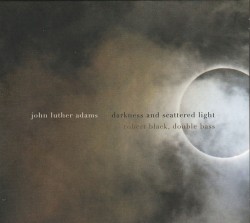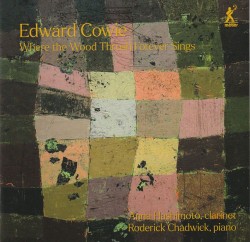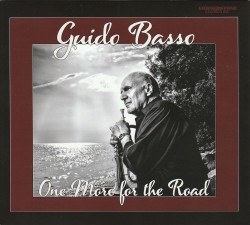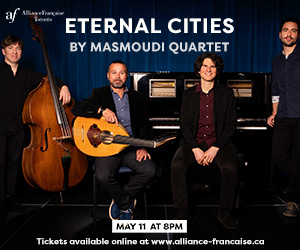Bach Generations - Albrecht Mayer; Berliner Barock Solisten
 Bach Generations
Bach Generations
Albrecht Mayer; Berliner Barock Solisten
Deutsche Grammophon 486 4183 (store.deutschegrammophon.com/p50-a157976/albrecht-mayer)
Curated by oboist, Albrecht Mayer, Bach Generations is the latest in a series of portrait albums featuring the Bach family. Beginning the incredible legacy, Johann Sebastian’s early musical influences began with his father who played the violin and extended to his father’s first cousin, composer Johann Christoph. Johann Sebastian went on to become one of the most prolific composers of all time, teaching all ten* of his children music with four of them becoming notable composers. Each of these composer sons had their own style and relationship to their father’s music. This album showcases three generations of the Bach family with music by JS Bach’s uncle, Johann Christoph, Johann Sebastian himself as well as two of his sons, Carl Philipp Emanuel and Johann Christoph Friedrich Bach.
Bach Generations opens with the JS’s Concerto for Oboe d’amore which is best known today as the Harpsichord Concerto No.4 in A Major. Following this beautiful work are transcriptions of concertos by Carl Philipp Emanuel and Johann Christoph Friedrich, a Badinerie and Air from Johann Sebastian’s Orchestral Suites Nos.2 and 3, as well as a Bach family favourite, Gottfried Heinrich Stölzel’s Bist du bei mir. Concluding with Ach, dass ich Wassers g’nug hätte by Johann Christoph Bach, Mayer ties in the third generation of the Bach family legacy with this lovely transcription for English horn, solo violin, strings, and continuo.
Played with Berliner Barock Solisten in traditional Baroque style, Mayer elegantly performs these works on modern instruments. With his rounded tone, expressive playing and virtuosity on the oboe, oboe d’amore and English horn, he showcases the beauty of expression throughout the Bach generations.


